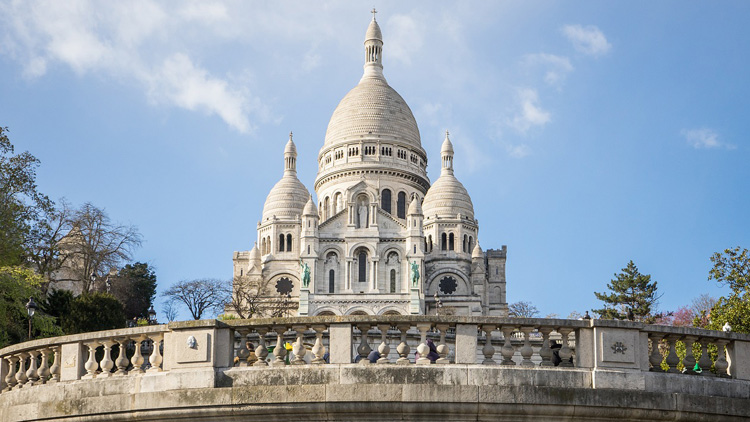In spite of its name, it is actually the oldest bridge in Paris. It is certain that the Capital used to have others that have now disappeared, and they would have been built before its completion in 1600. This bridge shows off a lot of innovations for its time – stone being used in place of wood, no buildings on its apron, a lack of covering, and the biggest development was its use of pavements. It joined up the two banks crossing the western point of the Ile de la Cité. The locals baptised it as ‘Pont Neuf,’ and this nickname remains in place to this day. It could have also been possible to call it the ‘Bridge of Tears,’ because on the day that the works opened, Henry III buried a number of his men that had been killed in a memorable battle.
Due to both religious and political problems, its construction was interrupted for ten years, and this had an adverse effect upon the alignment of the bridge. Henry IV joined the building to the elegant Place Dauphine. However, the good king Henry did not share his horseback statue at the time, his first effigy in public, and it would then be erected nearby four years after his assassination. The work portraying Jean de Boulogne included a number of canons, and a statue in the same style succeeded it in 1818. Today, the Samaritan Pump remains in place on the bridge, and it was the first machine to raise water in Paris. The area called ‘Pré-aux-clercs’ was the meeting point for fighters of the time.
Image source : http://fr.wikipedia.org/wiki/Pont_Neuf”
Location of the attractions
in the 1st arrondissement of Paris
| Title | Category | Address | Description | Link |
|---|





